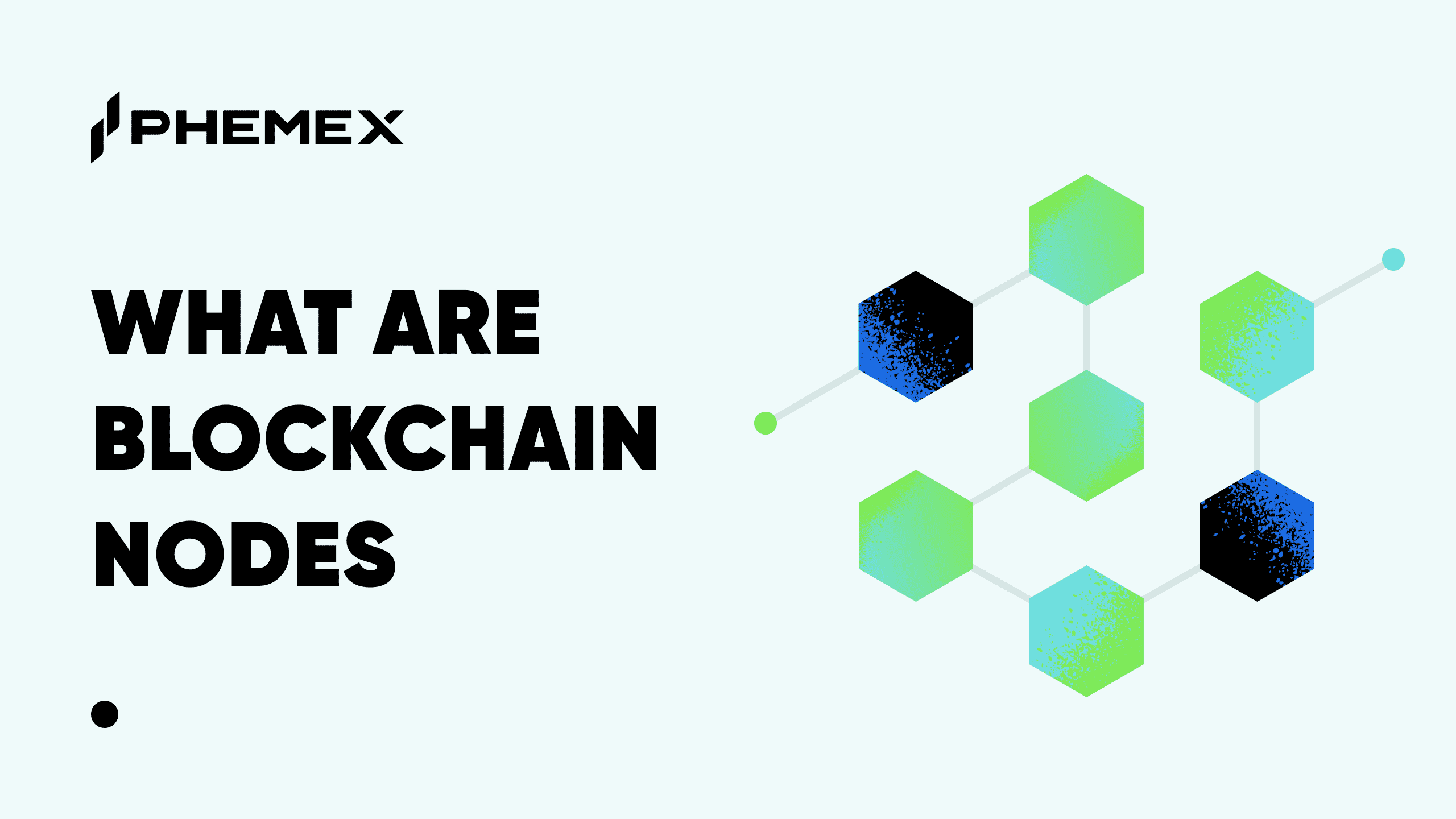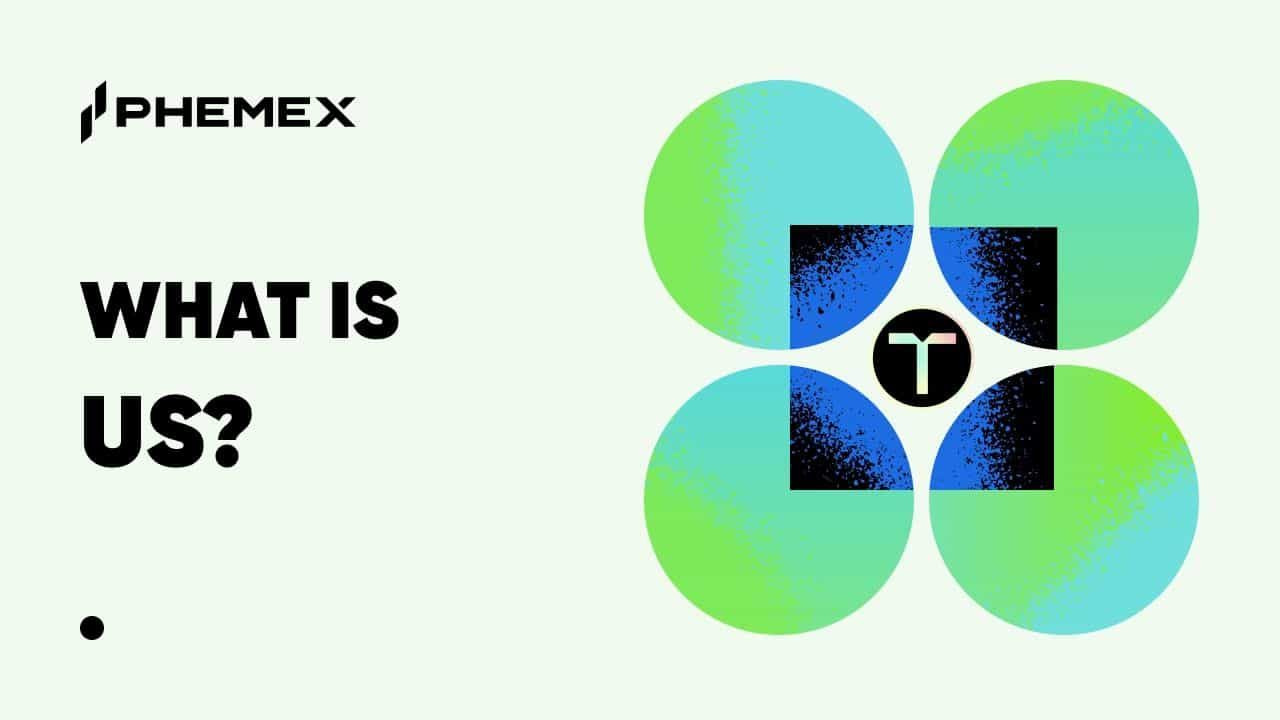VeChainThor (VET) is a public blockchain specializing in solutions for businesses of all sizes. It features a block validation method called Proof of Access (PoA) that helps it achieve technical advantages over the older Proof of Work (PoW) and Proof of Stake (PoS) methods.

Summary
VeChainThor uses a dual-token setup with the main crypto token, VET, and a utility token, VTHO. While VET is used as a common transactional and value-storage token on the platform, VTHO’s main function is to pay for the transaction/gas fees on the network.
VTHO trades at $0.011, with a circulating supply of around 42 billion tokens and a market cap of $447 million. However, since VTHO is a utility token with limited value beyond the VeChainThor platform, the project’s market cap and other key statistics are based on the main VET token.
The VET token currently trades at $0.17, which has a circulating supply of 64 billion tokens and a market cap of $10.6 billion.
What Is VeChainThor (VET)?
VeChainThor is a blockchain that positions itself as the public blockchain of choice for real-world business applications. These applications include Internet of Things (IoT) solutions, NFC and QR-code tracking platforms, and customer identity management apps, to name a few.
The platform’s key value proposition is the technical efficiencies it achieves thanks to using the PoA block verification method. Under the PoA model, the network nodes that validate transactions, called Authority Nodes on VeChainThor, are pre-selected based on their publicly-viewable “reputation.” This reputation is a function of the node’s past activity on the network. The selected Authority Node gets the right to validate the next transaction block.
This system is in stark contrast to the PoW model, where validator nodes are competing with each other in the race to solve a complex and energy-consuming computational task. As the race heats up, massive amounts of computing power are used, resulting in the PoW blockchains being slow and energy-hungry.
In PoA, this slow and wasteful process is unnecessary thanks to the pre-selection of the validating node. The PoA model is considered by many to be an improvement over the PoS validation method as well.
In PoS, nodes with more crypto assets staked, i.e., those with deeper pockets, have higher chances of validating the next block. This creates a potential for power usurpation by a small number of nodes who have hoarded the bulk of the total cryptocurrency supply.
In contrast, PoA selects a validator node based on transactional reputation, not the amount of cryptocurrency staked. This keeps the PoA blockchains as efficient as the PoS platforms while minimizing the power concentration risk.
VeChainThor uses a dual-token model with the main transactional and value-storage token VET and a utility token VTHO.
What Is the VTHO Token?
The VTHO token’s principal function on the VeChainThor platform is to pay for gas fees, the transaction fees that enable most of the operations on the network.
When one user wants to send some crypto funds on the platform to another user, the actual transferred funds are represented by the VET tokens. However, the transaction fees enabling the transfer are payable in VTHO.
In that sense, VTHO is similar to the GAS token used on the NEO blockchain. You send some VTHO as gas, along with your VET transfer, to enable the transaction processing.

VTHO and VET have different functionalities on the VeChainThor blockchain (Source: VechainInsider.com)
As a utility token for the platform-based transactions, VTHO has limited value outside of the network or as a value-storage asset. Thus, VTHO is rarely traded on exchanges, although there is nothing in the VeChainThor platform’s rules that prohibits trading the token on exchanges, P2P crypto marketplaces, or elsewhere.
How Does the VTHO Supply Work?
The new supply of VTHO is typically generated by users’ holding their funds in VET on the platform. For each VET, a user earns 0.000432 VTHO per day. This is called the basic generation rate. This system encourages the longer-term storage of VET on the platform. The more VET you hold and for longer, the more VTHO you earn to power your transactions.
When VTHO is used for gas, 70% of the spent VTHO amount is burnt, and the remaining 30% is paid as a reward to the Authority Node that validated the transaction. There are 101 Authority Nodes on VeChainThor, and this number will remain constant by the rules of the platform, unless, of course, a governance vote leads to a change.、
Currently, around 70,000 to 100,000 VTHO is burnt daily. Last week, around half a million VTHO were burnt as they had been used to enable transactions on the platform.
There is also an additional way for VTHO generation via the so-called Foundation Node Pool. This is a pool set up by the VeCHain Foundation, the governing body of the VeChainThor platform.
The Foundation Node Pool has 5 billion VET locked in it, and the VTHO these funds generate are distributed to Authority Nodes and Economic Nodes, special nodes on the chain that offer additional stability to the VeChainThor ecosystem, largely by providing liquidity. Unlike Authority Nodes, Economic Nodes do not validate transactions. There are currently 2,047 Economic Nodes on VeChainThor.
What Is the VET Token and How Does It Differ From VTHO?
The VET token is the main token of the VeChainThor platform, used to store crypto funds, exchange the funds, and use them in various decentralized apps (DApps) on VeChainThor. While gas fees are paid in VTHO, the actual crypto assets on the platform are all represented by VET.
In addition to the different functionality of these two tokens, there is a key difference in their supply mechanisms. While VET, like most other cryptocurrencies, has a clearly specified maximum allowed supply, at around 86 billion VET (around $14.6 billion), VTHO has no such limits.
Being a utility token that is continually minted and burnt as transactions on VeChainThor are executed, VTHO has no specified maximum supply.
Also, ownership of VET, at specific amounts, provides certain governance rights on the platform, while VTHO ownership does not entitle you to any say in the governance. VeChainThor has a somewhat complex governance mechanism, where a number of entities hold governance rights.
These entities include the VeChain Foundation’s Advisory Board members, the Foundation’s Board and Steering Committee, various “functional committees,” Authority Nodes, and Economic Nodes. Most platform users who are not members of the project’s management or Foundation, and are not the Authority Nodes, can participate in governance by becoming an Economic Node.
To qualify as the smallest Economic Node, you need to stake 1 million VET ($170,000). This entitles you to one vote during governance polls. In this way, VET ownership may lead to Economic Node membership, which in turn, provides access to the platform’s governance. In contrast, VTHO ownership entails no governance rights, even if you amassed a massive share of the token’s supply.

In addition to functionality, supply, and governance differences, VTHO and VET, naturally, differ a lot in terms of their actual usage statistics on VeChainThor. The table below summarizes the key differences between the VTHO and VET tokens, both in terms of parameter specifications and usage statistics. All the information is valid as of November 11, 2021.
VTHO vs. VET
| VTHO | VET | |
| Main functionality | Gas fees | Actual crypto asset storage, transfers, and operations |
| Supply mechanism | Created mainly via holding VET, mostly burnt during transaction processing by Authority Nodes | VET supply was generated in the standard way, mostly at the launch, and has a specified max supply limit |
| Governance rights | None | May provide governance rights if at least 1 million VET are locked to create an Economic Node |
| TVL in smart contracts/DApps on the platform (in USD) | $9.9 million | $18.3 million |
| Amount held by normal nodes on the platform (not Authority Nodes, Economic Nodes, or other special nodes) (in USD) | $148 million | $5.2 billion |
| Amount held externally at known exchanges (in USD) | $245 million | $5.1 billion |

Conclusion
VTHO is the utility token used on the VeChainThor platform to pay for gas, i.e., it enables transaction processing on the network. The platform’s other token, VET, is used as the actual value storage and transfer cryptocurrency.
VeChainThor positions itself as a public platform for common enterprise applications applicable to businesses of all sizes. While VET is the network’s primary token, VTHO is a crucial part of the platform’s overall architecture.
There are many important differences between the VTHO and VET coins of VeChainThor, besides the obvious difference in functionality. While VET’s supply mechanism is similar to most other cryptos, VTHO’s supply is regulated by a continual process of new supply generation via VET ownership and liquidation upon transaction processing by Authority Nodes, special network nodes that validate transaction blocks on VeChainThor.
Additionally, ownership of VET may give you governance rights on the platform, albeit only when you commit at least 1 million VET to become an Economic Node. In contrast, VTHO ownership provides no governance rights.
Read More
- VeChain (VET): Decentralizing the Supply Chain
- What Is THORChain (RUNE): Making Cross-Chain Swapping Possible
- What is THETA & How does it Work?
- What is Hathor Network (HTR): An Alternative Scalable Cryptocurrency
- The Ethereum Virtual Machine: How Does it Work?
- What is Blockchain Technology: The Biggest Misconception About It
- What is VIDT & How does it Work?
- Theta Token: Decentralized Media Delivery









